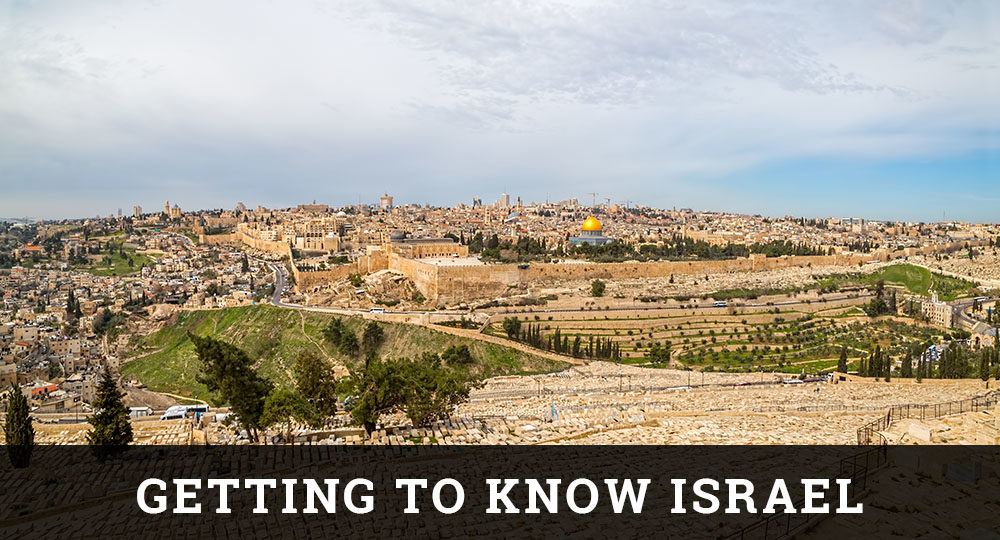The Sea of Galilee Part Two
My first glimpse of the Sea of Galilee came as the early-morning winter sun kissed the surface in a brilliant, shimmering display. We were coming down from Upper Galilee on a north-south course parallel to the sea’s western shore. Our elevation and distance were such that I could cover the visible surface with the palm of my hand. It shone like a brilliant sapphire against the dark shadow of the Trans-Jordan plateau. I strained my neck to keep it in view as long as possible while the bus wound its way through the undulating countryside. It was a magnificent sight! That was 15 years ago, but that view of the Sea of Galilee has had a lasting impact.
As mentioned in the previous article, the Sea of Galilee sits in a geological bowl surrounded by hills and mountains almost all the way around. Its major source of water is the Jordan River flowing into it from the north. Its outlet is at the southern tip, reestablishing the flow of the Jordan River as it continues its winding path south to the Dead Sea. On the western side of the sea is a natural east/west depression that divides the hills of Upper and Lower Galilee. On the eastern side is the western edge of the Golan Heights, spilling softly into the Sea of Galilee. The valleys and depression that surround and empty into the Sea create some breathtaking scenes, but they are also the topographical cause of its stormy weather.
The New Testament tells of several incidents when Jesus and His disciples were caught up in storms on the sea. There are two primary reasons why these storms occur. First, since the Sea of Galilee sits in a bowl-like configuration, it is dramatically affected by the sudden changes in wind and atmospheric conditions. Because the surface of the lake is below sea level, the water and air at its surface are warm year-round. Further, when this warm, humid air is impacted by the cooler dry air that comes rushing down the valleys from either side (especially from Trans-Jordan), it produces virtually instant turmoil on the sea’s surface.
Second, Israel experiences two basic weather patterns during the year: hot and dry (summer) and cool and wet (winter). These weather patterns are basically stable; that is, not much in the nature of storms accompanies them. However, these stable weather patterns are linked by some very unstable transitional weather patterns (fall and spring) that can produce significant storms, which can be particularly violent on and around the Sea of Galilee. In fact, in a matter of 30 minutes, a calm sea can give way to wind-driven waves six to ten feet high!
Therefore, the next time you read about the disciples and our Lord venturing out upon the stormy waters of Galilee, you will realize at least two things. First, the storm probably took place during either the fall or spring season. Second, if the storm was bad enough to frighten those seasoned fishermen, who were accustomed to such weather patterns, it must have been quite a storm! Yet, it was against the background of this amazing geographical setting that Jesus taught His disciples some of the greatest lessons about faith and His creative sovereignty (Mt. 14:22–33; Mk. 6:45–52; Lk. 8:22–25).







